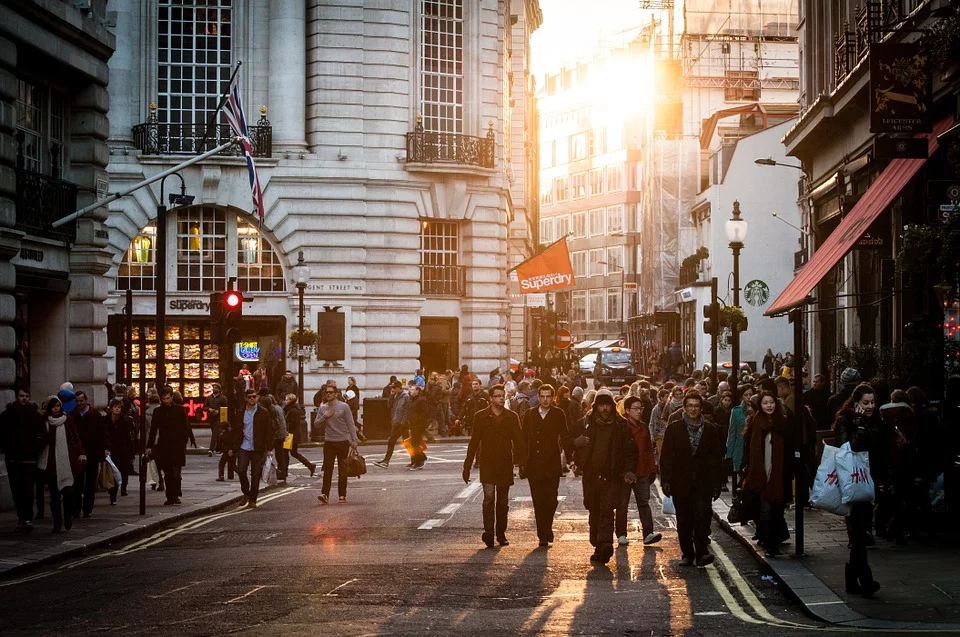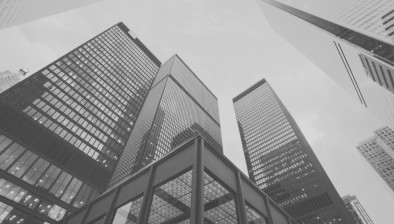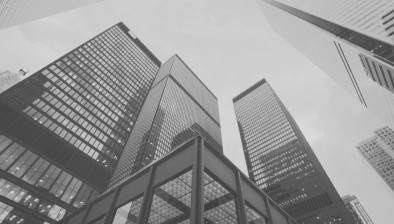Consumer price inflation dipped to 0.4% in February
Consumer price inflation unexpectedly dipped to a three-month low of 0.4% in February from 0.7% in January, according to the latest figures released by the Office for National Statistics (ONS).

Inflation was primarily brought down in February by prices for clothing, second-hand cars and games, toys and hobbies. Inflation also continues to be limited by the temporary VAT cut for the hospitality and leisure sectors.
Upward pressure on inflation in February came from transport prices (primarily motor fuels) and prices for housing and household services.
Core inflation fell back to a six-month low of 0.9% in February from 1.4% in January and December.
There was evidence of a pick-up in price pressures further down the supply chain in February. Producer input prices rose 0.6% month-on-month (m/m) and 2.6% year-on-year (y/y) after y/y increases of 1.6% in January and 0.6% in December. Meanwhile, producer output prices rose 0.6% m/m and 0.9% y/y after an increase of 0.1% y/y in January and fall of 0.5% y/y in December.
Economic forecaster the EY ITEM Club expects consumer price inflation to move significantly higher over the coming months and considers February’s level to mark its low point. Unfavourable base effects resulting from the fall in oil prices in early 2020 will have an upward impact, magnified by the recent rise in oil prices to one-year highs.
Energy prices for millions of consumers will rise in April after the price cap was raised. After a challenging Q1, an expected progressive firming of the economic recovery from early-2021 will also have some upward impact on inflation.
Howard Archer, chief economic advisor to the EY ITEM Club, said: “An expected progressive firming of the recovery from the second quarter of 2020 will likely have some upward impact on inflation.
“Additionally, there will be some upward impact on inflation in October after the temporary VAT cut for the hospitality and leisure sectors is diluted to 12.5% – from 5% – at the end of September. There will be a further upward impact on inflation in April 2022 when the VAT rate rises back up to the full rate of 20% at the end of next March.
“There was evidence of a pick-up in price pressures further down the supply chain in February: producer input prices increased 0.6% month-on-month and 2.6% year-on-year after year-on-year increases of 1.6% in January and 0.6% in December. Meanwhile, producer output prices rose 0.6% month-on-month and 0.9% year-on-year in February after a rise of 0.1% year-on-year in January and fall of 0.5% year-on-year in December.
“Consequently, the EY ITEM Club expects consumer price inflation to approach 2% during the second quarter and to rise just above 2% during the second half of the year. However, the EY ITEM Club does not expect inflation to rise much above 2% as there will still be excess capacity in the economy and in labour markets.”
Luke Bartholomew, senior economist at Aberdeen Standard Investments, believes it is unlikely that the UK will move to a sustained period of higher inflation.
He has said that three conditions that need to be met before the economy can move sustainably to a higher inflation regime. These are:
- A prolonged period of excess demand.
- A weakening of the nominal anchor which pins down inflation expectations (in other words, inflation expectations are no longer low and stable).
- A failure of monetary policy over the medium to long run to credibility commit to stabilising the price level (in economese we call this a commitment to the Taylor principle).
He commented: “The point of spelling out these three conditions is that while the Biden stimulus certainly increases the probability that the US economy will enjoy a period of excess demand (and a very good thing this is too!), there is no reason for thinking it gets us much closer to meeting the other two conditions. And that is what gives us confidence, that we are unlikely to move to a sustained period of higher inflation.”









